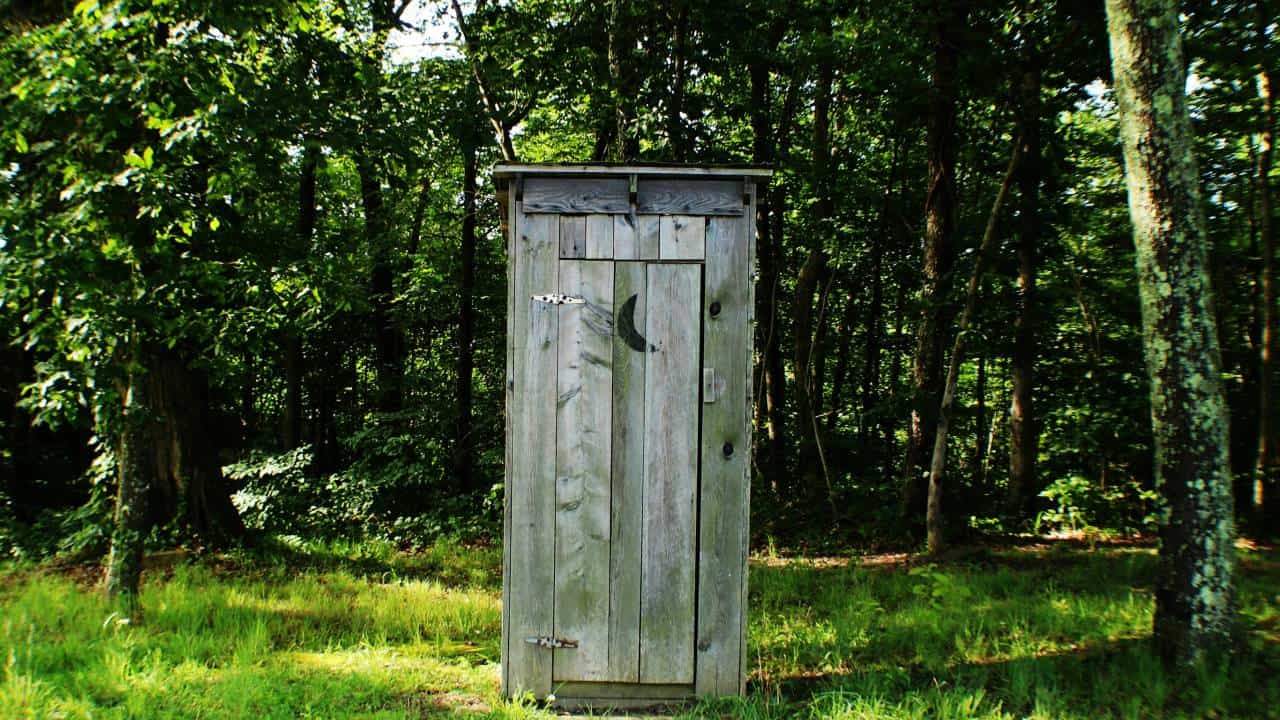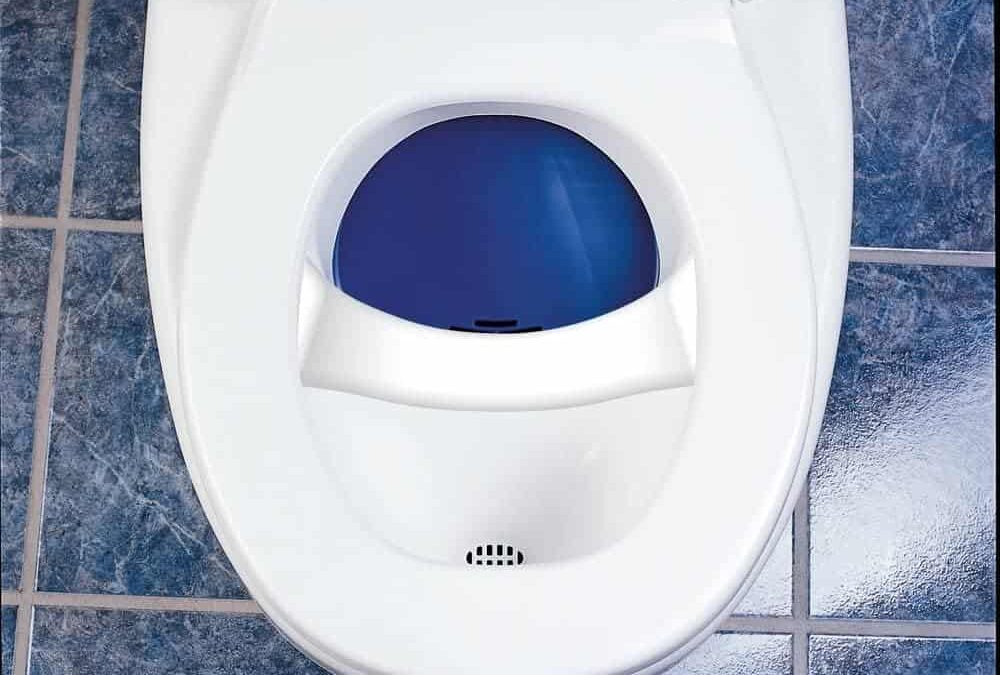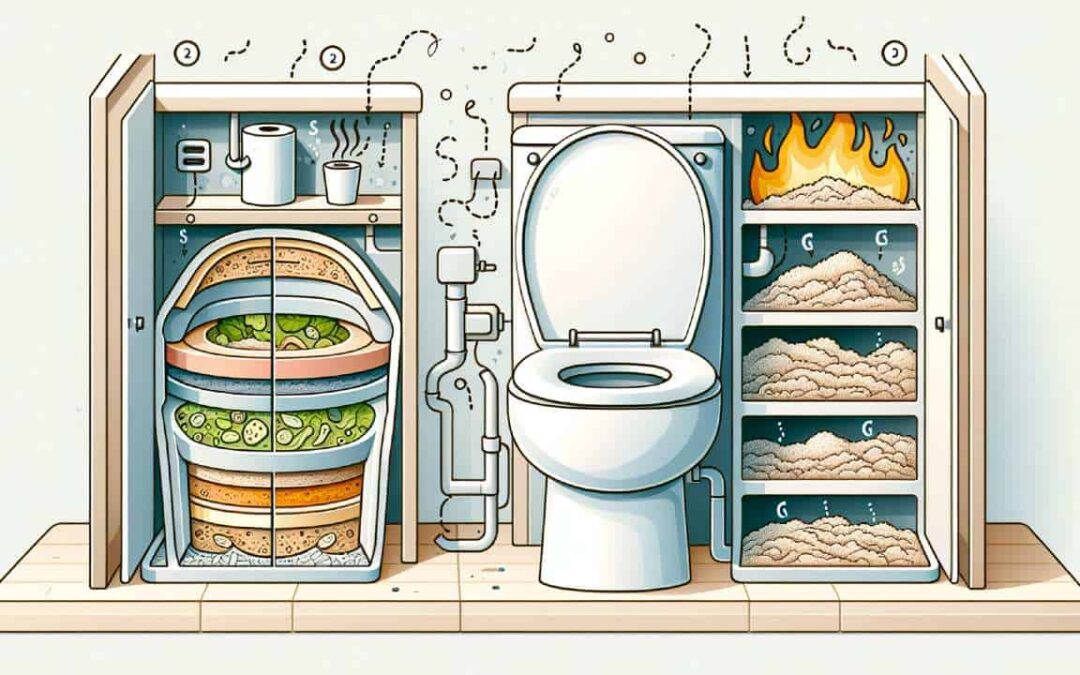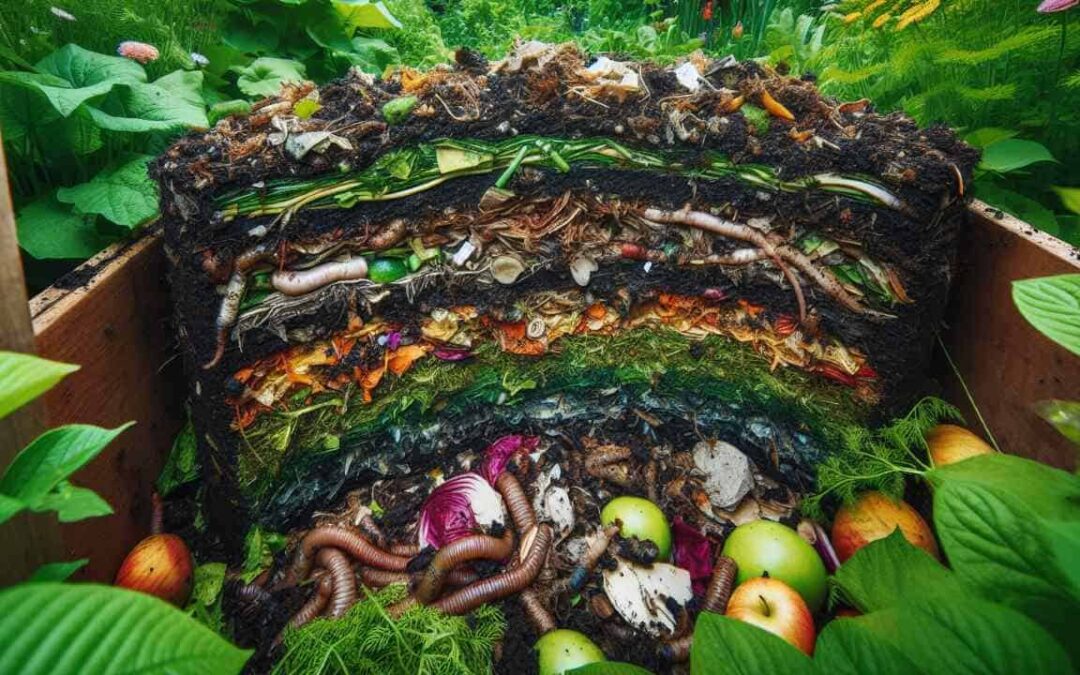When embracing this eco-friendly solution, however, composting toilets offer a sustainable alternative to traditional plumbing systems. The overall disadvantages of composting toilets are examined in this blog and it is intended to help potential users weigh the consequences involved before making this switch. From the maintenance efforts required to keep these systems functioning optimally, to the nuances of odor management, initial costs and user acceptance, we unpack the realities behind choosing this environmentally conscious option. In addition, let us discuss emptying and handling compost, regulatory hurdles on health issues and whether it is practicality for high traffic area use of composting toilet facilities as well. In spite of their advantages though, complexity comes along with adopting them: hence; a comprehensive overview for those considering this alternative sanitation solution is necessary.
Disadvantages of a compost toilet
While composting toilets provide an alternative to regular plumbing, they aren’t without their own challenges. Here are some downsides associated with composting toilets:
- Maintenance Requirements: Composting toilets require consistent maintenance to function as intended. You need to monitor moisture levels, add carbon-rich materials for balance, and then manually turn the compost to ensure proper decomposition.
- Odor Management: Designed systems reduce odors as much as possible, but poor maintenance or imbalance can still create unpleasant smells. Good ventilation and proper care will keep the odor away.
- Initial Cost: Purchasing and installing a composting toilet upfront can cost more than getting a regular one. And although savings on water and sewage might offset this over time, the initial investment is still worth considering.
- User Acceptance: The idea of using a composting toilet can be too alien for some people’s taste. The need to manage waste more directly may not appeal to everyone, which affects acceptance and user satisfaction.
- Emptying And Handling Compost: Depending on your system, you may need to empty the compost chamber occasionally. Even when it’s fully decomposed though, handling human waste compost requires carefulness that won’t sit right with everyone.
- Regulatory And Health Concerns: In certain areas, regulations about using these systems can be very restrictive or unclear. Plus if you mishandle or use improperly decomposed compost, there could be potential health risks involved.
- Limited Use In High Traffic Areas: Medium or low usage settings are best suited for these types of toilets. In places where many people pass by daily such as public venues or large houses—managing them becomes impractical because of frequent maintenance and increased capacity needs.
Despite all their disadvantages, many people find composting toilets work perfectly fine while also saving the environment. They’re particularly useful in places without access to traditional sewage systems but take care and consider your options before installing one yourself.
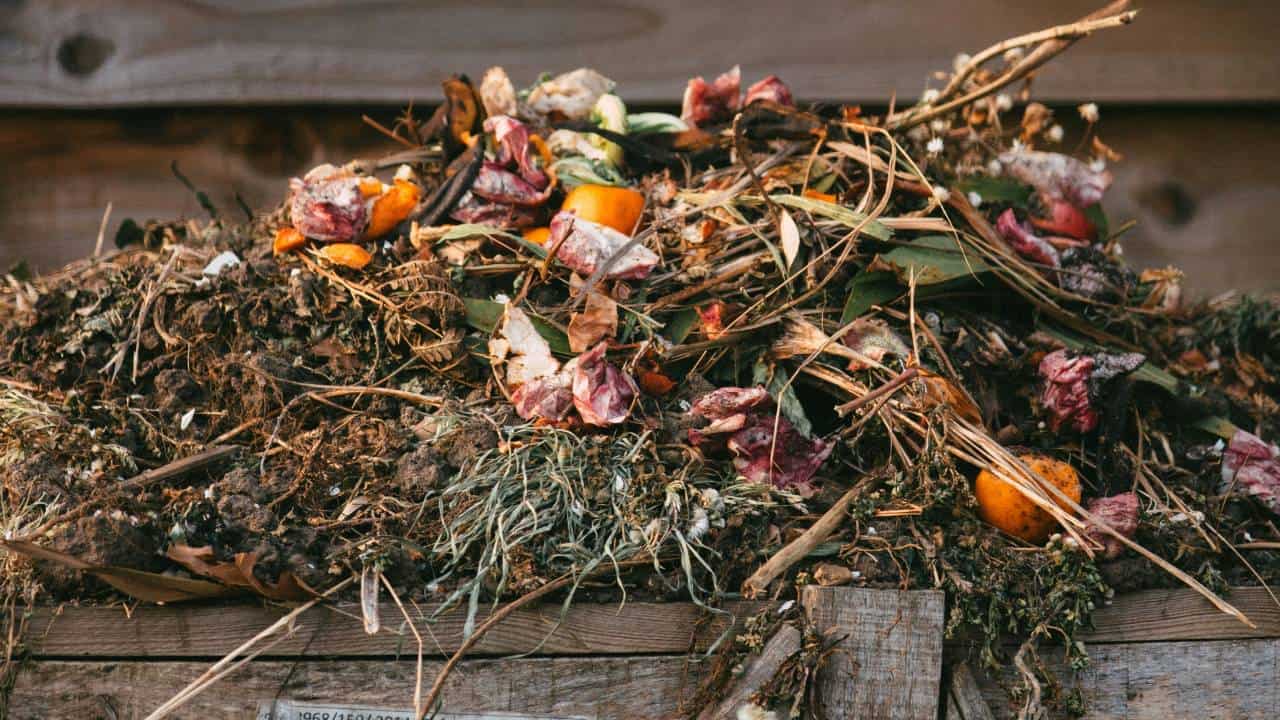
How do composting toilets work?
It’s not the most conventional way to deal with waste, but composting toilets have a reason behind it. Here’s how a composting toilets work: Instead of flushing everything down with water, composting toilets keep waste in a special chamber for natural breakdowns. This decomposition is made possible by air flowing through a vent system—eliminating odors and speeding up the process. It’s not just about storing filth until you can’t anymore; The goal is using oxygen-loving microorganisms to change waste into something beneficial.
Eventually, your excrement transforms into compost. How often you need to empty this depends on the number of users—it could be as infrequent as once every few years. The end result is dirt-like material that does wonders for soil, great for non-edible gardening.
Deciding on a composting toilet helps conserve water and reduce your environmental footprint. It’s probably what’s best in places without regular plumbing and brings you closer to sustainable living. On top of that—waste management becomes an active part of taking care of the environment rather than being handled passively.
Composting toilet vs incinerating toilet
The rivalry between composting and incinerating toilets is a close one. A variety of factors like operating costs, environmental consequences, and maintenance requirements help to separate them from each other. Composting toilets are the more eco-friendly option of the two because it’s less reliant on energy which also means there’s potentially lower long-term costs. It uses a method called aerobic decomposition that turns waste into compost. If you care about how eco-friendly your tools are then this might be better for you.
On the other side we have incinerating toilets which burns waste into ash using electricity or gas, this can end up being pricier but it provides efficient waste management. They’re good for those who don’t want to do much work and just wants something simple to use. While also reducing waste volume and takes longer before it needs emptying.
But both options will help in conserving water since they both don’t need any to operate. Initial costs vary with incinerating toilets generally being more expensive but at the end of the day, it all depends on what you prefer, your lifestyle and lastly environmental considerations. So we highly recommend understanding each system thoroughly so you know which one best suits your home and values.
Read also our full guide Incinerating Toilet vs Composting Toilet.

How to empty a composting toilet?
Here’s how to tackle emptying out the waste, both solid and liquid, without making a fuss about it. Read also our full guide on how to empty a composting toilet.
Solid waste:
- Getting ready: Just ensure you have gloves on and a mask to avoid germs.
- Cleaning it out: Clear gently any compost that may be stucked on the toilet’s inside walls by scraping it off with a scraper.
- The waste bags: Put the solid waste into a garbage bag, preferably biodegradable ones to be eco-friendly even in disposal.
- Remove and dispose of it: Open the toilet, remove container holding solids, and then decide whether you would like to further compost it or dispose of it at an authorised site. Ensure you are fully prepared for this step.
Liquid waste:
- Firstly safety: Gloves are required for liquid waste too so as not to come into contact directly with them. If you are not alone only involve adults in this process.
- Empty when full: Plan on emptying the liquid wastes every three weeks for constant use by one or two people. How about less frequent usage? This might be necessary twice monthly.
- Properly get rid of liquid wastes: Make sure that liquid wastes are emptied at authorized spots such as public toilets fitted with facilities for such discharges or dedicated dump stations.
